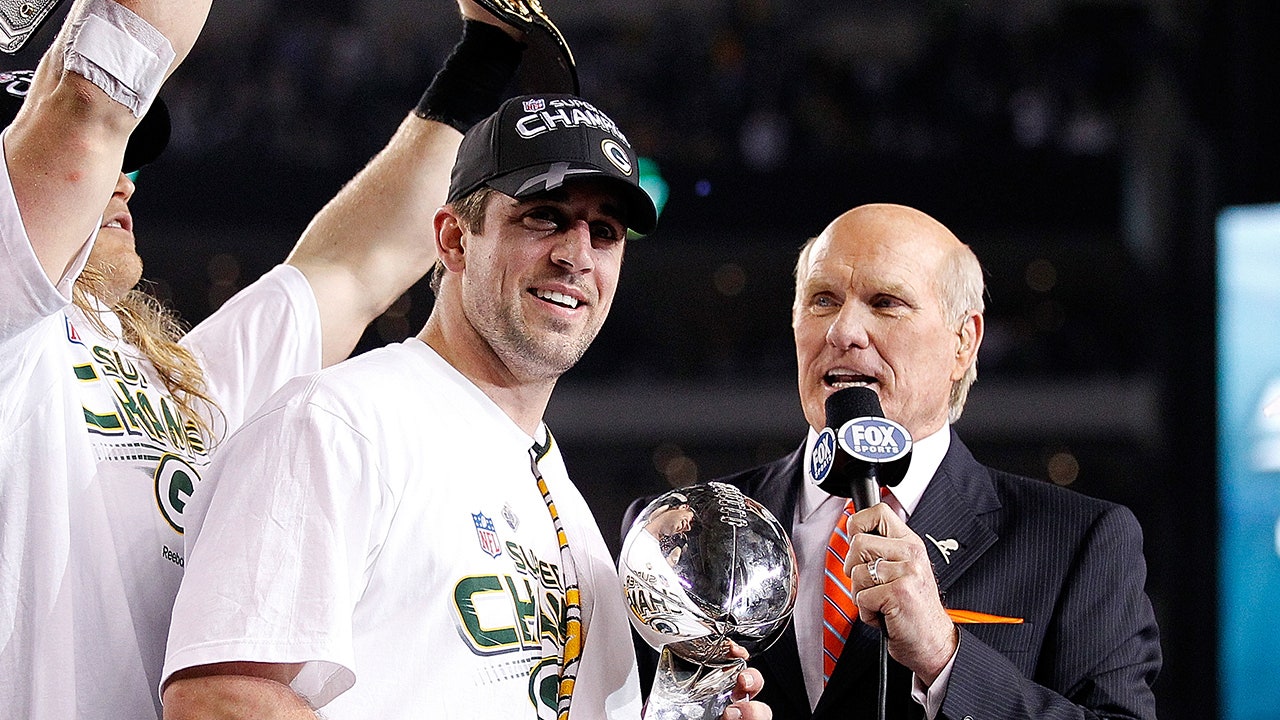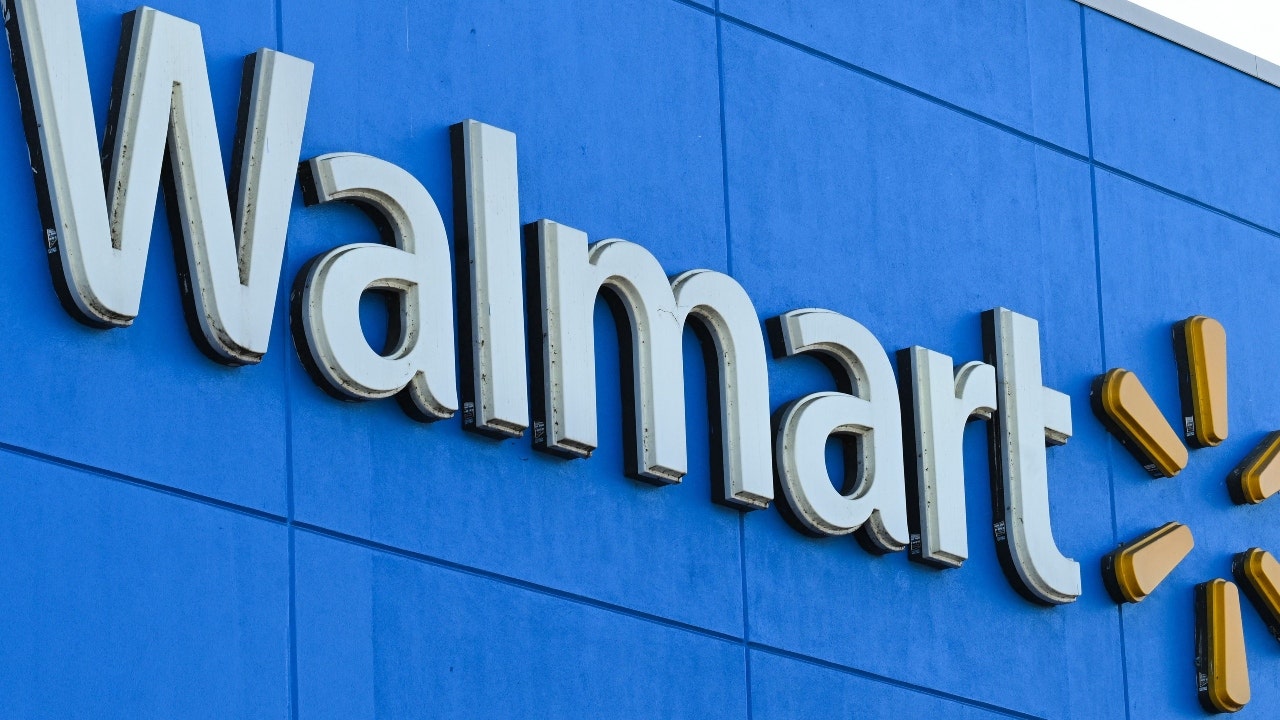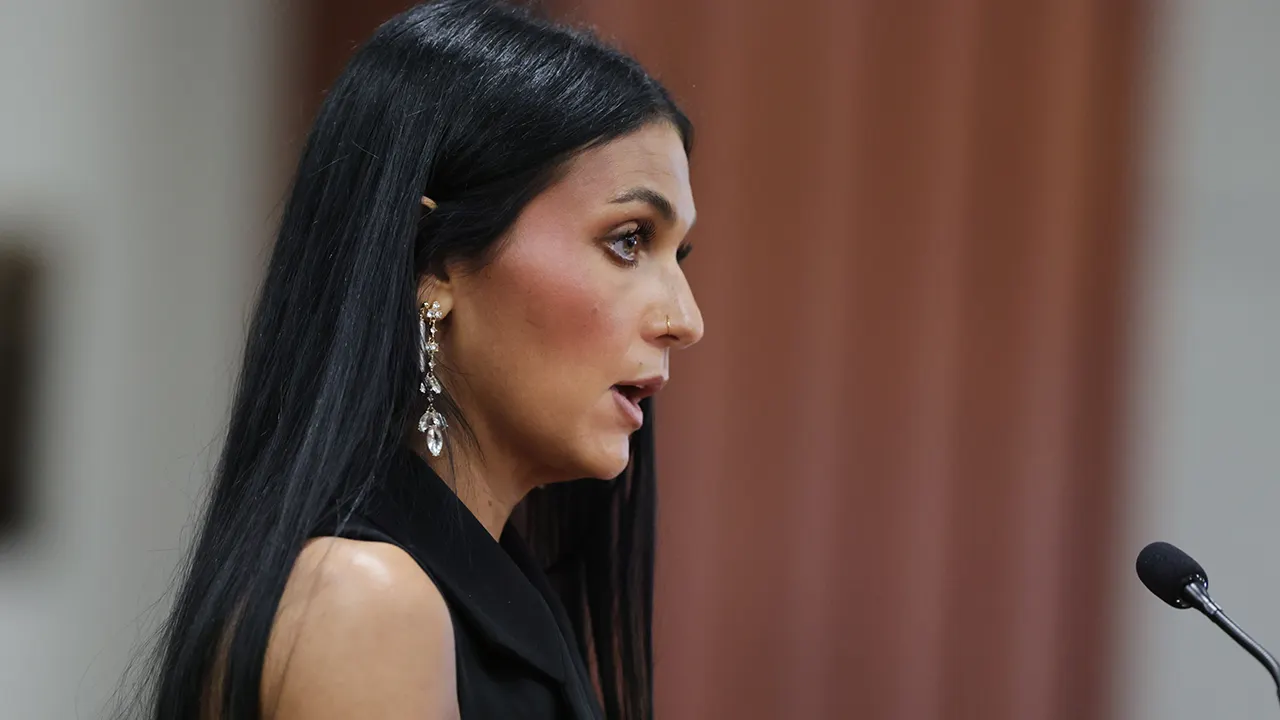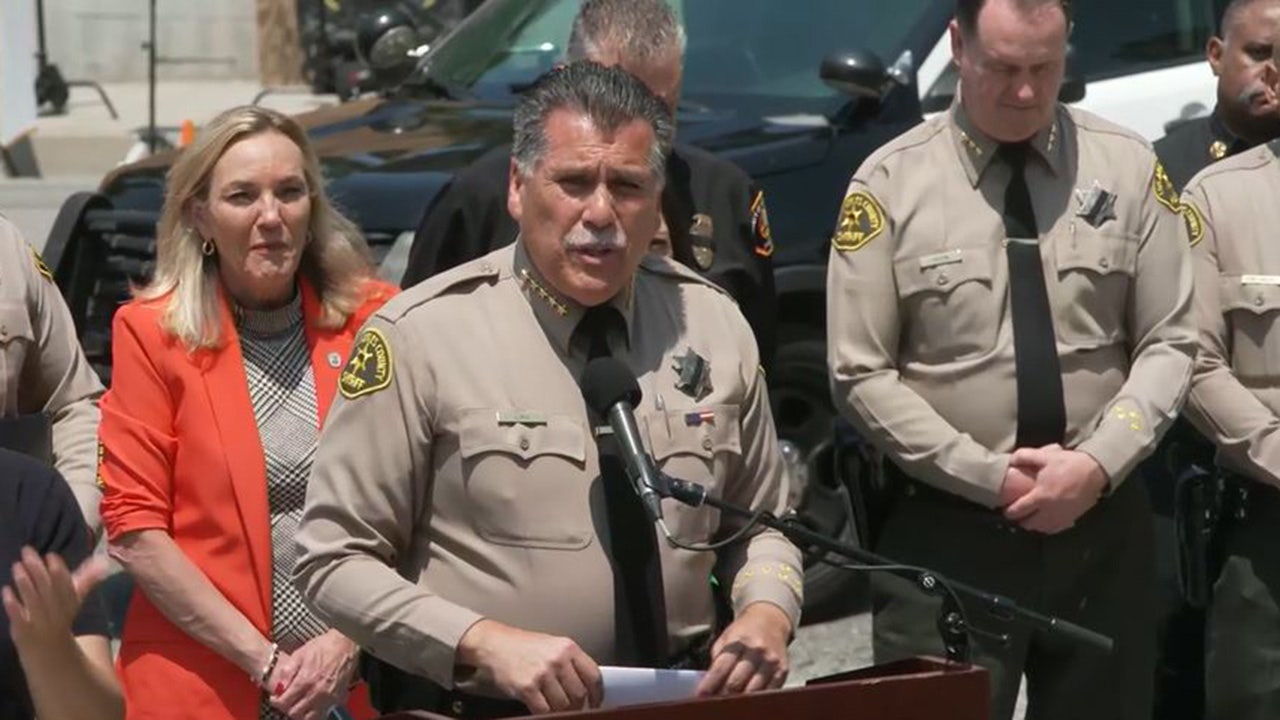WASHINGTON — President Trump suggested Friday that some Americans may receive “rebates” from the federal government after the US Treasury took in $64 billion in tariff revenue in the first three months since his “Liberation Day” announcement April 2.
“We’re thinking about a rebate because we have so much money coming in from tariffs, a little rebate for people of a certain income level,” the president told reporters as he left the White House en route to Scotland for a five-day visit.
Trump, 79, didn’t detail who might be eligible for the government payment and the White House did not immediately respond to inquiries from The Post.
Any disbursement from the federal government would require congressional approval. The House is currently out of session until Sept. 2 and the Senate is set to follow suit at the end of next week.
During the COVID-19 pandemic, the government issued three rounds of stimulus checks to assist Americans affected by widespread business shutdowns and furloughs.
The first payments, of $1,200 to individuals making up to $75,000 and $2,400 to couples making up to $150,000, were issued in March 2020. A second round of payments, of $600 to individuals and $1,200 to couples under those thresholds, was doled out in December 2020. The third and final payment, of up to $1,400 to individuals and $2,800 to couples, was approved as part of the Biden-era American Rescue Plan in March 2021.
In all, $814 billion in federal relief money was dispersed across those three handouts.
In early 2008, most taxpayers making under $75,000 received $300 per individual ($600 for couples) in an unsuccessful bid to stave off a recession.
EJ Antoni, the Heritage Foundation’s chief economist, frowned on the possibility of taxpayers getting additional money back, telling The Post: “While it’s always politically advantageous to hand out money to constituents, the fact is the federal government has no money to give at this point. When the annual deficit is over $1 trillion, the priority has to be getting that down, not giving the Treasury another outlay.
“The real ‘rebate’ for the American people will come in the form of less inflation from a reduced federal deficit,” Antoni added. “That’s how you solve the current cost of living crisis.”
Trump imposed baseline tariffs of 10% in his “Liberation Day” announcement and has set an Aug. 1 deadline for countries to agree one-for-one trade deals with the US or risk paying additional duties.
While the White House has struck framework deals with the UK, Japan, the Philippines, Indonesia, Australia and Vietnam, and a preliminary deal with China, agreements with major trading partners the European Union, Mexico, Canada, Brazil and South Korea remain elusive.
According to US Treasury data released earlier this month, the government has raised $64 billion in customs duties — with Treasury Secretary Scott Bessent and White House trade adviser Peter Navarro forecasting a windfall of $300 billion.
Read the full article here















